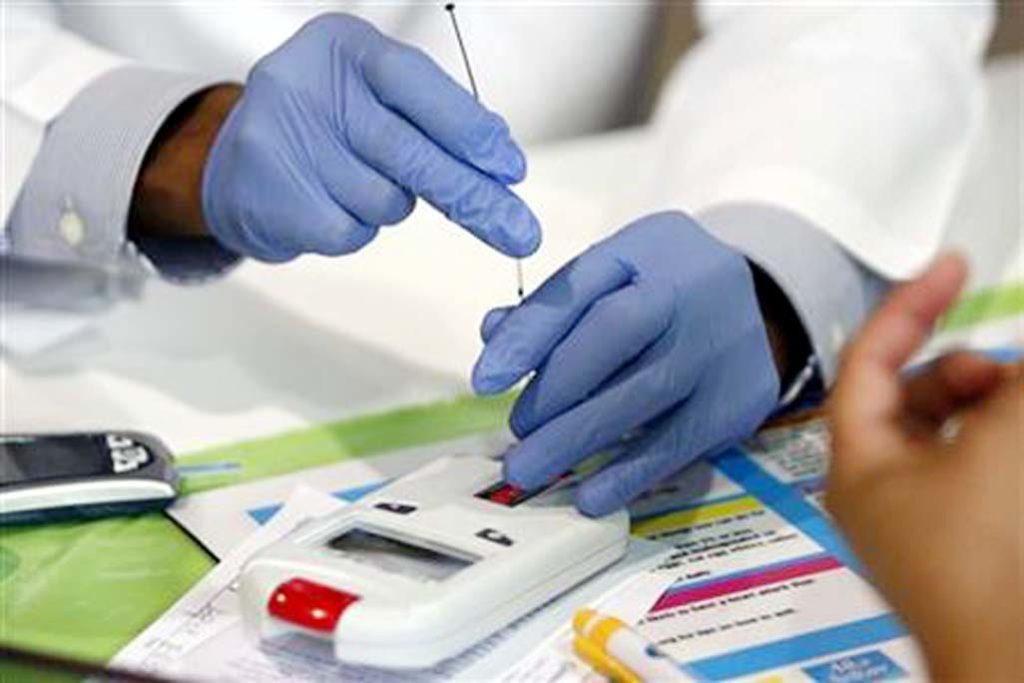Private Health care provision is skewed to curative care. This is short-sighted and leads to high medical care inflation, higher premiums and has limited effects on mortality and morbidity. Treatments for cancer and lifestyle diseases have improved outcomes, but early detection can also have a positive effect on survival and reduce treatment costs.
Screening for diseases should be an evidence-based activity. Screening tests are useful only if they reduce mortality or morbidity. Tests that generate many false-positive results may cause harm from anxiety and unnecessary procedures.
Tests that generate many false-negative results may worsen outcomes by leading to delayed diagnosis and treatment. Characteristics that make a disease amenable to screening include; a significant negative impact on health, an identifiable asymptomatic period, and improved outcomes with early intervention.
A useful screening test must have sensitivity and specificity for the disease being screened. It also must be cost effective and acceptable to patients. Sensitivity, specificity, and disease prevalence all interact to determine a test’s positive predictive value–the likelihood that a positive test result indicates that the disease is present. In screening for illnesses, the goal must not be merely to do something. It must be to do something useful.
Most of mortality in the over 40s is related to diseases of lifestyle such as Diabetes Mellitus, Hypertension and Smoking, with strokes and heart conditions being the bulk of the causes of death. Cancers are the next most important diseases that are amenable to screening. The commonest are Lung cancer (in smokers only), Colon cancer. In women, breast and cervical cancer and in men prostate cancer.
Below is a list of screening tests for healthy adults recommended by various medical bodies from the USA, the World Health Organisation, European societies and the South African National Department of Health (a reference list is available). They are an approximate guide and may vary in commencement age and frequency if there are pre-existing medical conditions or a relevant family history;
Blood pressure – annually – bed side test can be done at GP’s, pharmacy or when donating blood
Cholesterol – every five years from age 40 – fasting blood test
Diabetes Mellitus – every three years – finger prick bedside test
Colon cancer – from 50 yrs of age – (i) annual stool occult blood test or (ii) every three years with a flexible sigmoidoscopy or (iii) colonoscopy every 10 years.
Dental exam – annual check and clean
Eye exam – every second year
Depression – If you’ve felt “down”, sad or hopeless with no interest or pleasure in things for over two weeks straight approach your health service provider to ask for a depression screen.
Sexually transmitted Diseases – dependent on risk.
Lung Cancer – from age 55yrs if have a 30 pack-year* smoking history AND currently smoke or quit within last 15 years – Low-dose computed tomography.
MEN
Prostate Cancer – from age 50 every second year – blood test. The digital examination is no longer routine.
WOMEN
Breast Cancer – from age 40yrs examination by health professional annually, from 45yrs a mammogram every second year; genetic screening if you have a family history.
Cervical Cancer – from five years after sexual debut – every years years – Pap Smear
Osteoporosis – from age 65yrs (younger if fracture history) – once-off DEXA scan
Screening for diseases is important, but living a healthy lifestyle (no smoking!), eating a balanced diet and exercising regularly is of vital importance. The above list is meant as a guide only using current medical knowledge. Ongoing research, advances in medical technology and reduction in its cost of application as well as changes in disease prevalence may lead to changes and additions.
*1 pack year = 20 cigarettes per day for one year.


